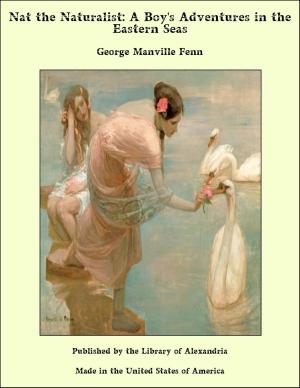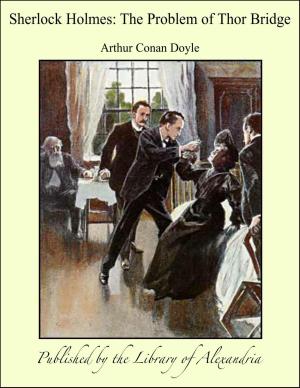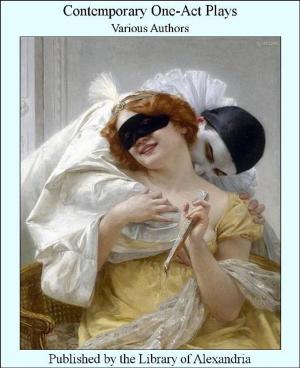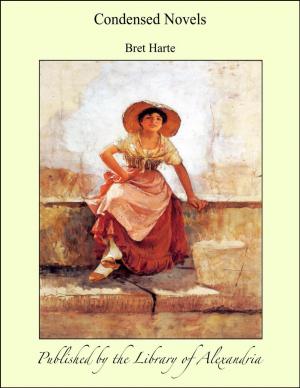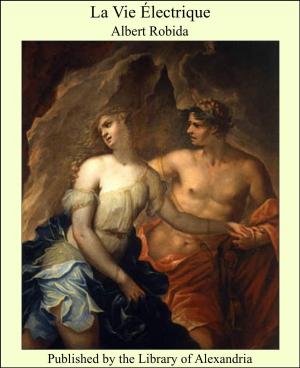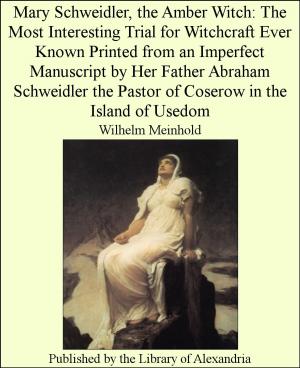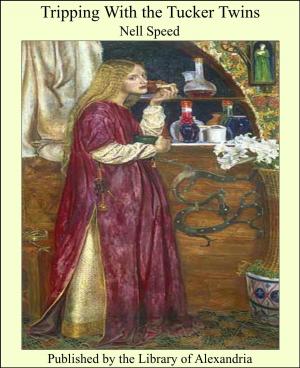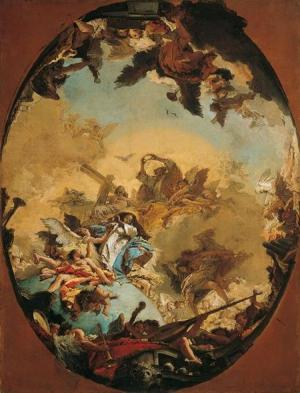El Estudiante de Salamanca and Other Selections
Nonfiction, Religion & Spirituality, New Age, History, Fiction & Literature| Author: | José de Espronceda | ISBN: | 9781465563859 |
| Publisher: | Library of Alexandria | Publication: | July 29, 2009 |
| Imprint: | Library of Alexandria | Language: | English |
| Author: | José de Espronceda |
| ISBN: | 9781465563859 |
| Publisher: | Library of Alexandria |
| Publication: | July 29, 2009 |
| Imprint: | Library of Alexandria |
| Language: | English |
The selections from Espronceda included in this volume have been edited for the benefit of advanced Spanish classes in schools and universities. The study of Espronceda, Spain's greatest Romantic poet, offers the best possible approach to the whole subject of Romanticism. He is Spain's "representative man" in that movement. Furthermore, the wealth of meters he uses is such that no other poet provides so good a text for an to the study of Spanish versification. The editor has therefore treated the biography of Espronceda with some degree of completeness, studying his career as one fully representative of the historical and literary movements of the period. A treatment of the main principles of Spanish versification was also considered indispensable. It is assumed that the text will be used only in classes where the students are thoroughly familiar with the rudiments of Spanish grammar. Therefore only the more difficult points of grammar are dealt with in the notes, and little help, outside of the vocabulary, is given the student in the translating of difficult passages. I desire to thank Professors Rudolph Schevill, Karl Pietsch, and Milton A. Buchanan for helpful suggestions, and the latter more particularly for the loan of rare books. The vocabulary is almost entirely the work of my wife Emily Cox Northup, whose collaboration is by no means restricted to this portion of the book. More than to any other one person I am indebted to Mr. Steven T. Byington of the staff of Ginn and Company, by whose acute and scholarly observations I have often profited. THE LIFE OF ESPRONCEDA In 1820 the Espronceda family occupied an apartment in the Calle del Lobo. It was there and then that Patricio de Escosura firmed his intimacy with the future poet. He describes graphically his first meeting with the youth who was to be his lifelong friend. He first saw José sliding down from a third-story balcony on a tin waterspout. In the light of later years Escosura felt that in this boyish prank the child was father of the man. The boy who preferred waterspouts to stairways, later in life always scorned the beaten path, and "the illogical road, no matter how venturesome and hazardous it was, attracted him to it by virtue of that sort of fascinating charm which the abyss exercises over certain eminently nervous temperaments." The belief that Espronceda studied at the Artillery School of Segovia in 1821 appears to rest upon the statement of Solís alone. Escosura, who studied there afterwards, never speaks of his friend as having attended the same institution. Solís may have confused the younger José with his deceased, like-named brother, who, we know, actually was a cadet in Segovia. On the other hand, Solís speaks with confidence, though without citing the source of his information, and nothing would have been more natural than for the boy to follow in his elder brother's footsteps, as he did later when he joined the Guardia de Corps. However, the matter is of slight moment, for if he studied in Segovia at all he cannot have remained there for more than a few weeks
The selections from Espronceda included in this volume have been edited for the benefit of advanced Spanish classes in schools and universities. The study of Espronceda, Spain's greatest Romantic poet, offers the best possible approach to the whole subject of Romanticism. He is Spain's "representative man" in that movement. Furthermore, the wealth of meters he uses is such that no other poet provides so good a text for an to the study of Spanish versification. The editor has therefore treated the biography of Espronceda with some degree of completeness, studying his career as one fully representative of the historical and literary movements of the period. A treatment of the main principles of Spanish versification was also considered indispensable. It is assumed that the text will be used only in classes where the students are thoroughly familiar with the rudiments of Spanish grammar. Therefore only the more difficult points of grammar are dealt with in the notes, and little help, outside of the vocabulary, is given the student in the translating of difficult passages. I desire to thank Professors Rudolph Schevill, Karl Pietsch, and Milton A. Buchanan for helpful suggestions, and the latter more particularly for the loan of rare books. The vocabulary is almost entirely the work of my wife Emily Cox Northup, whose collaboration is by no means restricted to this portion of the book. More than to any other one person I am indebted to Mr. Steven T. Byington of the staff of Ginn and Company, by whose acute and scholarly observations I have often profited. THE LIFE OF ESPRONCEDA In 1820 the Espronceda family occupied an apartment in the Calle del Lobo. It was there and then that Patricio de Escosura firmed his intimacy with the future poet. He describes graphically his first meeting with the youth who was to be his lifelong friend. He first saw José sliding down from a third-story balcony on a tin waterspout. In the light of later years Escosura felt that in this boyish prank the child was father of the man. The boy who preferred waterspouts to stairways, later in life always scorned the beaten path, and "the illogical road, no matter how venturesome and hazardous it was, attracted him to it by virtue of that sort of fascinating charm which the abyss exercises over certain eminently nervous temperaments." The belief that Espronceda studied at the Artillery School of Segovia in 1821 appears to rest upon the statement of Solís alone. Escosura, who studied there afterwards, never speaks of his friend as having attended the same institution. Solís may have confused the younger José with his deceased, like-named brother, who, we know, actually was a cadet in Segovia. On the other hand, Solís speaks with confidence, though without citing the source of his information, and nothing would have been more natural than for the boy to follow in his elder brother's footsteps, as he did later when he joined the Guardia de Corps. However, the matter is of slight moment, for if he studied in Segovia at all he cannot have remained there for more than a few weeks

